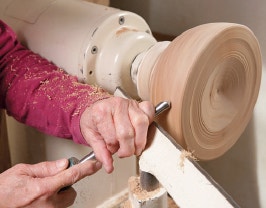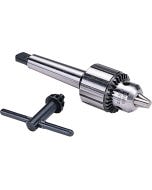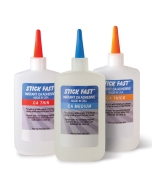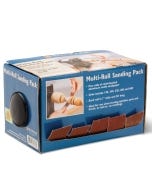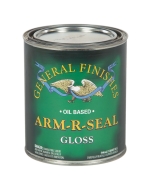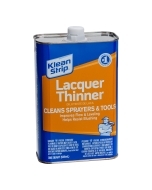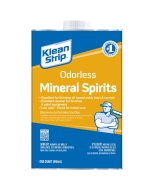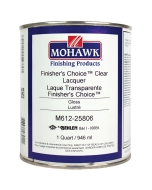How to Prevent Redwood Ridges?
I recently inherited a substantial amount of Redwood burl that I intend to use mostly for 4 to 5 inch by 2-1/2 inch candy dishes/bowls. The problem I have with the first two I've turned is that, as I sand the inside, the softer areas between the grain sand down faster and leave ridges that are unacceptable. I really like silky-smooth finishes. How can I sand to eliminate these unwanted ridges in the redwood? I also notice that a urethane finish does not finish as well as a lacquer finish. My wife likes the high gloss of the urethane, but it always seems to be a little blotchy in places. - Brent Ross
Tim Inman: Redwood is inherently soft. If you want it "baby butt smooth," then you might have to cheat in a little extra step. Here's what I do. After the wood is shaped and sanded to near perfection, I coat the surface of the wood with thin cyanoacrylate or "Super Glue." This sets up fast and hard. It equalizes the hardness between summer and winter woods -- the rings you're finding awkward. It sands beautifully. So, I finish up with 320 or whatever you might like, and then finish it. This partially seals the wood, so staining is something you might want to do before the CA treatment. I find that most of the CA is sanded off, so staining may still be done after sanding. Test to be sure.
Poly or lacquer -- either should be able to give you the finish you want. The poly is probably much slower drying, and is usually carried in oil or water which can soak deeply into the wood before drying. Multiple coats would be needed to get a "built-up" look and feel. Lacquer, on the other hand, is carried in alcohol-like solvents, and dries much much faster. It will build on the surface quicker, as a result of the faster drying properties. Still, multiple coats will be needed, but you can lay them on much faster.
I'd suggest you explore the use of a buffing wheel. Buff after your finish is dry and cured. I like a soft unsewn flannel wheel, running "backwards" from the conventional direction. This means that the wheel is spinning so that the surface is moving "up" as you face the buff, not "down." That way, you can work higher on the wheel, and you can see what you're doing. Plus, if you have a nasty grab -- and it happens -- the object is thrown up and away from you instead of down into you! Run the buff slowly. I like about 250 to 500 RPM. Use a little abrasive compound, but not much. Last thing -- remember that buffing causes heat. Heat ruins finishes. Be gentle and patient! I run my buffs mounted in #2 Morse taper work arbors that fit in the headstock of my lathe. I have a reversible two-speed motor powering my lathe. It is switched to run both forwards and backwards. I highly recommend this. It makes your lathe a much more versatile machine.
Chris Marshall: Wood doesn't get much softer than redwood, and the difference in density between the early wood and late wood is what is causing your ridging problem. If you're using sanding as a way to do some of the major shaping of your bowls, I'd suggest sanding less and turning more. Use a lighter touch with your gouge and scraping tools for the final pass, and try to do as much as you can with a sharp edge instead of abrasives. Use the sandpaper as a means of eliminating any tool marks and for providing that last bit of smoothness only. On the matter of the blotchy finish areas, try burnishing the wood by sanding it to a very fine grit - 600 or higher -- to close up the open pores of the end grain on your bowls. That's where the blotching is probably occurring. Then, thin your finish with solvent to create a washcoat for the first few coats (mineral spirits for urethane, lacquer thinner for lacquer). Apply the wash coat, and when it cures, knock off the raised grain by turning it on the lathe again with fine sandpaper or by hand sanding off the lathe. The goal is to just remove those whiskers but not to sand the washcoat completely away. Then follow with a few coats of full-strength finish.
Keep the inspiration coming!
Subscribe to our newsletter for more woodworking tips and tricks
